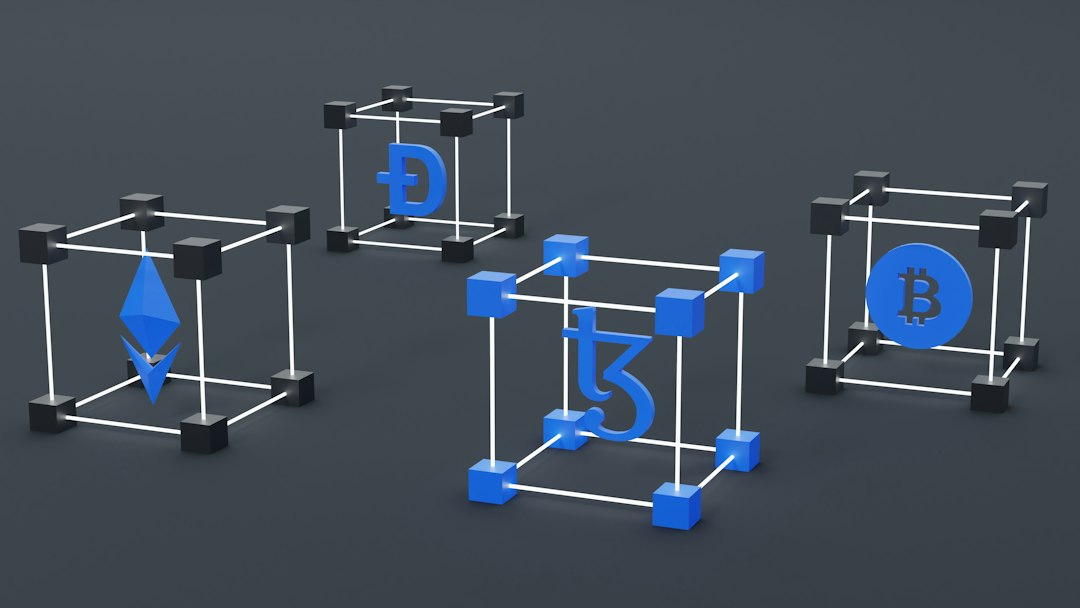Crypto Stealth Addresses: Enhancing Privacy in Blockchain Transactions
Crypto stealth addresses are a feature in blockchain technology that allows users to receive money anonymously. Unlike regular public addresses, stealth addresses provide unique, one-time addresses for each transaction. When a sender transfers funds using a stealth address, the recipient’s actual address is kept secret while the transaction is broadcasted to the network.
With stealth addresses, the recipient doesn’t generate a private key from the address itself. Instead, the wallet identifies incoming transactions and utilizes the private key associated with the recipient’s public address to process them. This process ensures that the recipient can access and control the funds without revealing their primary address.
Stealth addresses significantly increase privacy in cryptocurrency transactions, protecting users from potential monitoring and examination of their financial activities. They contribute to the development of private and secure transactions within the blockchain ecosystem by adding an extra layer of protection.
Stealth Addresses vs. Regular Wallet Addresses
Stealth addresses look similar to standard cryptocurrency addresses but have key differences. They are used only once and employ cryptographic methods to obscure the connection between the recipient’s real address and the stealth address.
In contrast, traditional wallet addresses can be reused for multiple transactions, allowing third parties to track users’ financial activities. This compromises privacy and exposes users to potential attacks and deanonymization attempts.
How Do Stealth Addresses Work?
To understand how stealth addresses function, let’s consider an example involving two individuals named Bob and Alice:
Bob creates two addresses (A and B) but only shares A publicly, keeping B secret. Together, A and B form Bob’s stealth address, which he uses to receive funds. Bob provides Alice, the sender, with the public stealth address.
Step 2: Alice computes Bob’s stealth address and sends funds
Alice performs cryptographic computations using Bob’s public stealth address (A) and a random number (r) to create a temporary stealth address (P). She sends the funds to this address, enhancing transaction privacy.
Step 3: Alice publishes ephemeral pubkey
Alice posts additional cryptographic information called an ephemeral public key (E) on the blockchain. Bob needs this key to locate and claim the assets. The ephemeral public key is not directly linked to the user’s long-term public address.
Step 4: Bob retrieves funds
Bob monitors the network for transactions involving his stealth address. When he sees Alice’s transaction to P, he uses his secret addresses (A and B) and the ephemeral public key (E) to determine the original secret number (r). This process makes it difficult for outside parties to track multiple transactions back to a single user.
The use of Diffie-Hellman key exchange protocol ensures a shared secret between Bob and Alice, enabling secure communication. This shared secret, combined with Bob’s private key, generates an unlinkable and distinct destination address for each transaction involving the same recipient.
Advantages and Disadvantages of Stealth Addresses
Advantages of Stealth Addresses
Stealth addresses offer enhanced security and privacy in cryptocurrency transactions. They make it challenging for outside parties to track fund movements on the blockchain and reduce the risk of transaction linkability. This increased privacy protection is crucial for maintaining fungibility in cryptocurrencies.
Disadvantages of Stealth Addresses
Implementing stealth addresses can be complex, potentially leading to user errors and complicating wallet software. Transaction processing times may also be slower due to additional computational steps. Furthermore, not all cryptocurrencies have adopted stealth addresses, limiting their usefulness in certain ecosystems. Proper user education is essential to maximize the benefits and address any concerns.
Hot Take: The Power of Stealth Addresses in Privacy Protection
Stealth addresses are a valuable tool in enhancing privacy and security in blockchain transactions. By providing unique addresses for each transaction and keeping the recipient’s actual address hidden, stealth addresses shield users from monitoring and examination of their financial activities.
While there are challenges in implementing and adopting stealth addresses, their advantages outweigh the disadvantages. They contribute to the development of private and secure transactions within the blockchain ecosystem, ensuring the continued growth of cryptocurrencies as a trusted means of exchange.
Coinan Porter stands as a notable crypto analyst, accomplished researcher, and adept editor, carving a significant niche in the realm of cryptocurrency. As a skilled crypto analyst and researcher, Coinan’s insights delve deep into the intricacies of digital assets, resonating with a wide audience. His analytical prowess is complemented by his editorial finesse, allowing him to transform complex crypto information into digestible formats.

